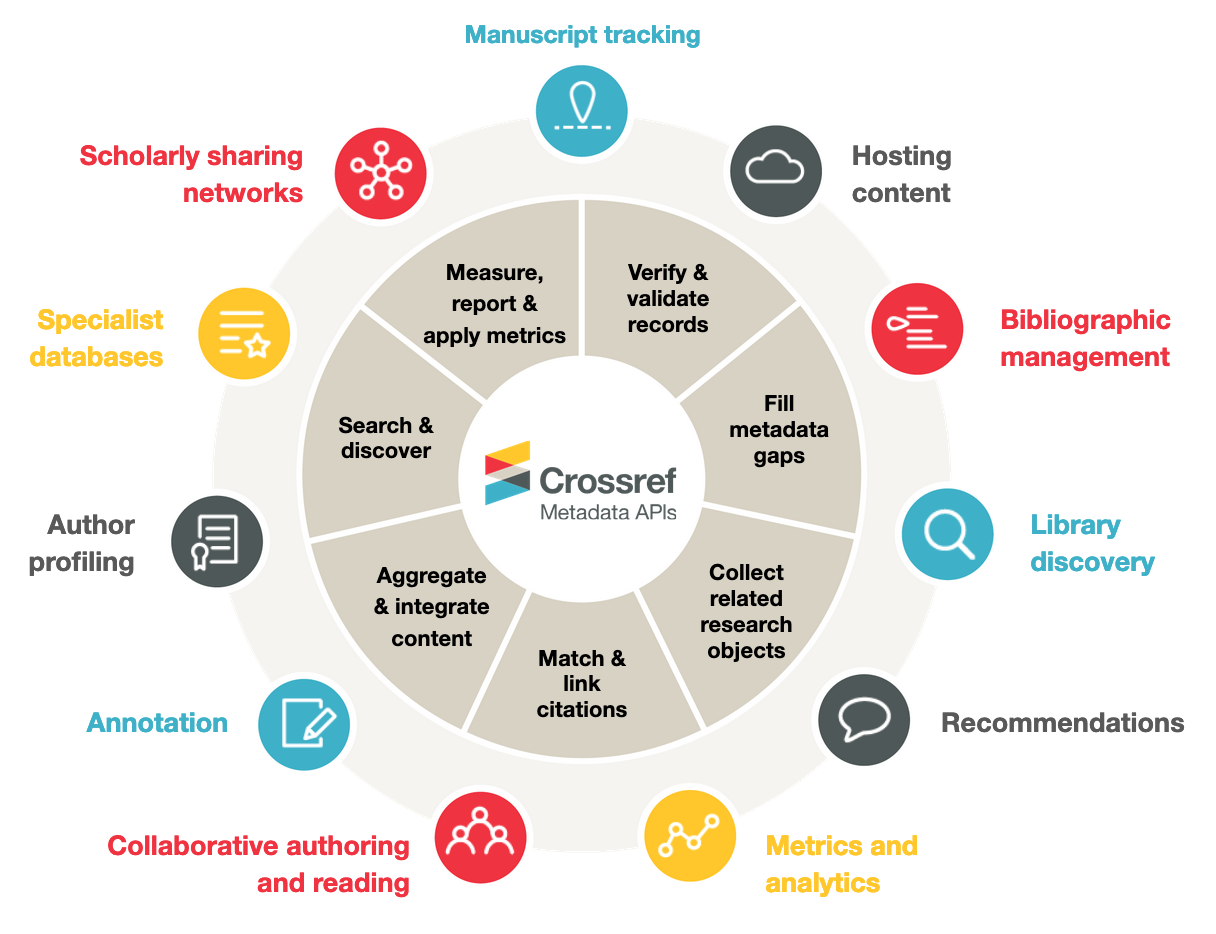2025 March 19
Version 5.4.0 metadata schema update now available
This year, metadata development is one of our key priorities and we’re making a start with the release of version 5.4.0 of our input schema with some long-awaited changes. This is the first in what will be a series of metadata schema updates.
What is in this update?
Publication typing for citations
This is fairly simple; we’ve added a ‘type’ attribute to the citations members supply. This means you can identify a journal article citation as a journal article, but more importantly, you can identify a dataset, software, blog post, or other citation that may not have an identifier assigned to it. This makes it easier for the many thousands of metadata users to connect these citations to identifiers. We know many publishers, particularly journal publishers, do collect this information already and will consider making this change to deposit citation types with their records.





